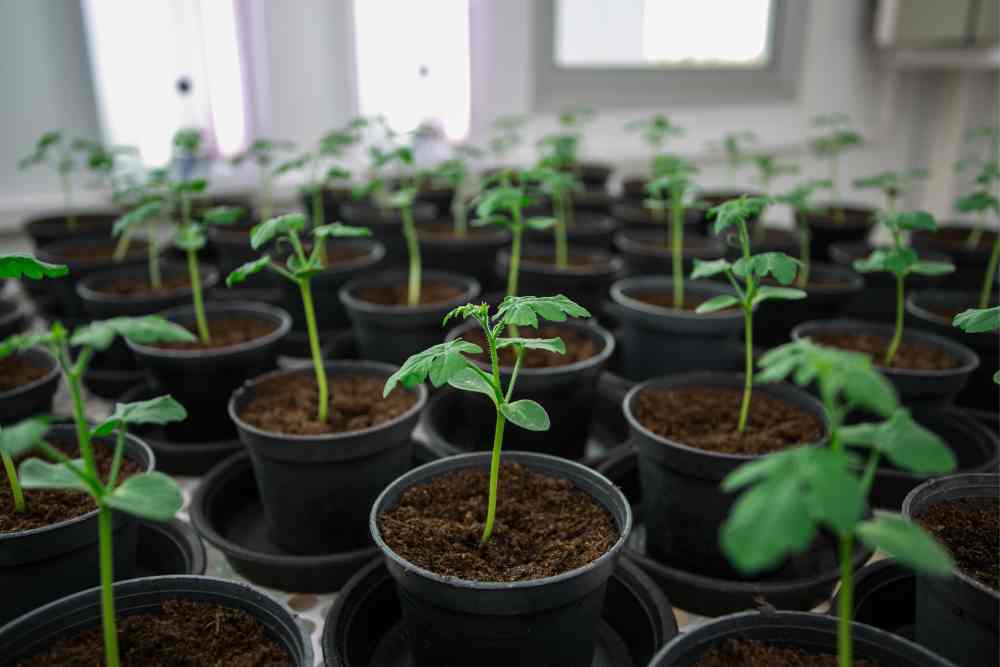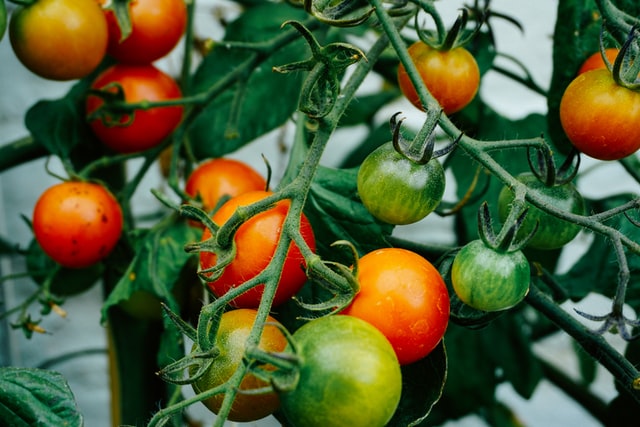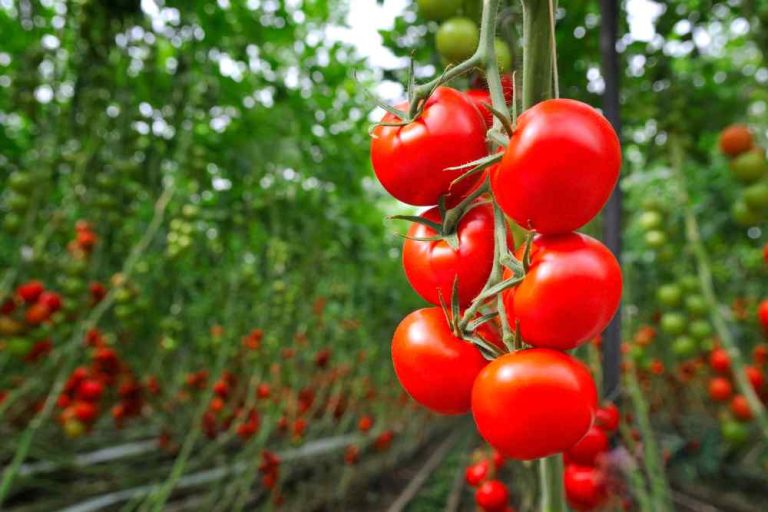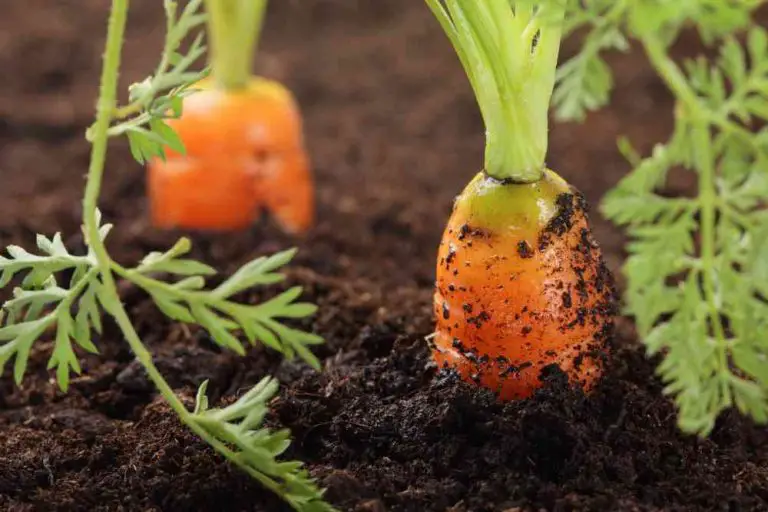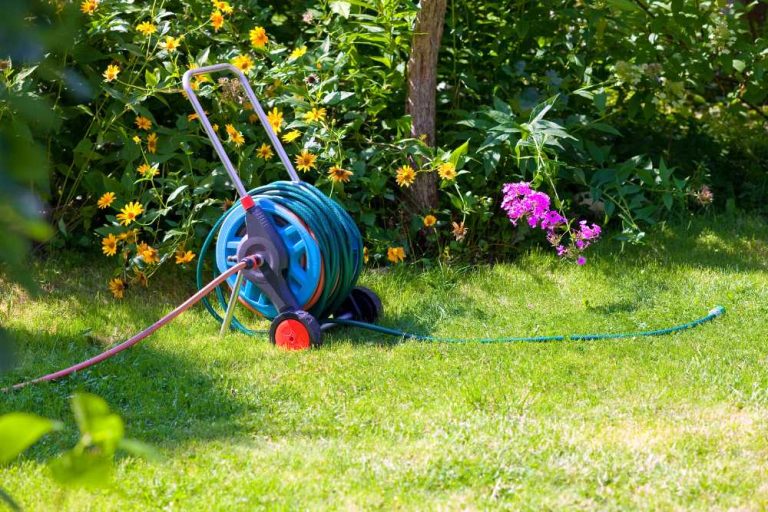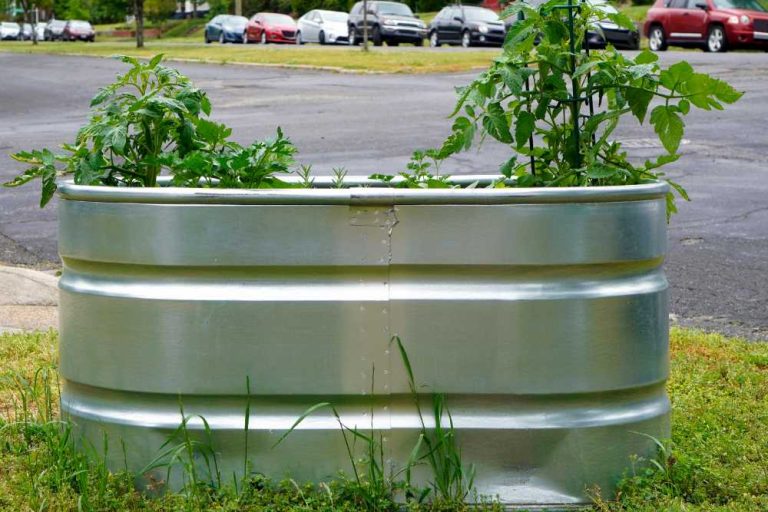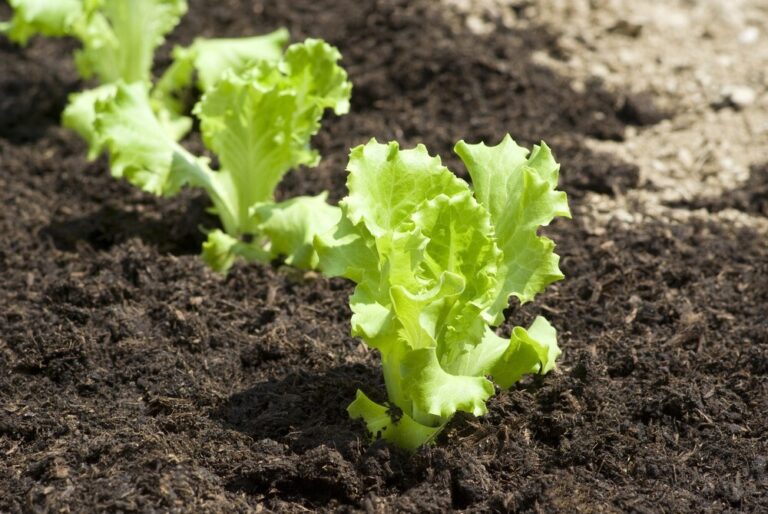9 Easiest Vegetables to Grow in Michigan: A Complete Guide for Gardeners
Do you want to cultivate and preserve your vegetables but worry that you won’t have the time to do so? Don’t be worried! Numerous easy-to-grow vegetables require little time and effort to grow. This article will give you information on what are the easiest vegetables to grow in Michigan.
There is no such thing as perfect vegetable gardening. Container gardening is one option for people who are not having a big garden to start gardening. Container vegetable gardening comes close to minimizing weather and rodent problems. Another advantage of container gardening is that it does not require a large amount of area or an in-ground garden patch. Nightshades such as tomatoes, potatoes, peppers, and eggplant are among the easiest crops to grow in containers.
When Should You Start Your Garden In Michigan?
Michigan, which is located in the upper midwest of the United States. Michigan is classified as Zone 5 by the USDA and is affected by frost and cold weather in the winter, spring, and fall months. In Michigan, most vegetables are grown in the early spring months of April and May. A sunny position and well-drained, healthy soil are essential to starting your successful vegetable garden.
Seasonal Tips for Vegetable Gardening in Michigan
Gardening in Michigan, with its distinct seasons, requires an understanding of how the changing weather impacts your vegetable garden. Here are seasonal tips to help you maximize your garden’s potential throughout the year.
Spring: A Time for Planting and Preparation
- Prepare the Soil: As soon as the soil can be worked, start preparing your garden beds. Remove any weeds, loosen the soil, and add compost or well-rotted manure to enrich it.
- Start Seedlings Indoors: For vegetables like tomatoes and peppers, start your seedlings indoors 6-8 weeks before the last expected frost date.
- Plant Cold-Hardy Vegetables: Early spring is perfect for planting cool-weather crops like lettuce, spinach, peas, and carrots.
- Harden Off Seedlings: Gradually acclimate indoor-started plants to outdoor conditions before transplanting them.
- Frost Protection: Keep row covers or frost cloths handy to protect young plants from unexpected late frosts.
Summer: Maintenance and Monitoring
- Regular Watering: As temperatures rise, consistent watering becomes crucial. Water early in the morning to reduce evaporation and help prevent fungal diseases.
- Mulching: Apply mulch around your plants to retain moisture, regulate soil temperature, and suppress weeds.
- Pest and Disease Control: Regularly inspect your plants for signs of pests or disease. Use organic or recommended treatments to manage any issues.
- Succession Planting: Continue to plant quick-growing crops like radishes and lettuce at intervals for a continuous harvest.
- Pruning and Training: For plants like tomatoes, regular pruning and staking can improve air circulation and support growth.
Fall: Harvesting and Preparing for Winter
- Harvest Time: As your vegetables mature, harvest them promptly to encourage further production.
- Plant Fall Crops: Late summer is the time to plant crops for a fall harvest, such as kale, turnips, and Brussels sprouts.
- Prepare for Frost: Monitor the weather and be ready to cover plants or harvest remaining crops before the first frost.
- Cleanup: Remove spent plants and debris to reduce disease risks next year. Till the soil lightly and add compost.
- Plant Cover Crops: Consider planting cover crops like clover or rye to enrich the soil and prevent erosion over winter.
Winter: Planning and Rest
- Garden Planning: Reflect on the past season and plan for the next. Consider crop rotation for soil health.
- Seed Ordering: Winter is a great time to order seeds, especially to ensure availability of popular varieties.
- Equipment Maintenance: Repair and maintain gardening tools and equipment.
- Soil Testing: Consider testing your soil to determine its nutrient content and pH, and amend accordingly.
- Educate Yourself: Use the quieter winter months to read gardening books, join local gardening groups, or attend workshops.
What are the Easiest Vegetables To Grow in Michigan?
- Tomatoes
- Cucumber
- Beans
- Carrot
- Broccoli
- Onions
- Greens – lettuce
- Raddish
- Cabbage
1. Tomatoes
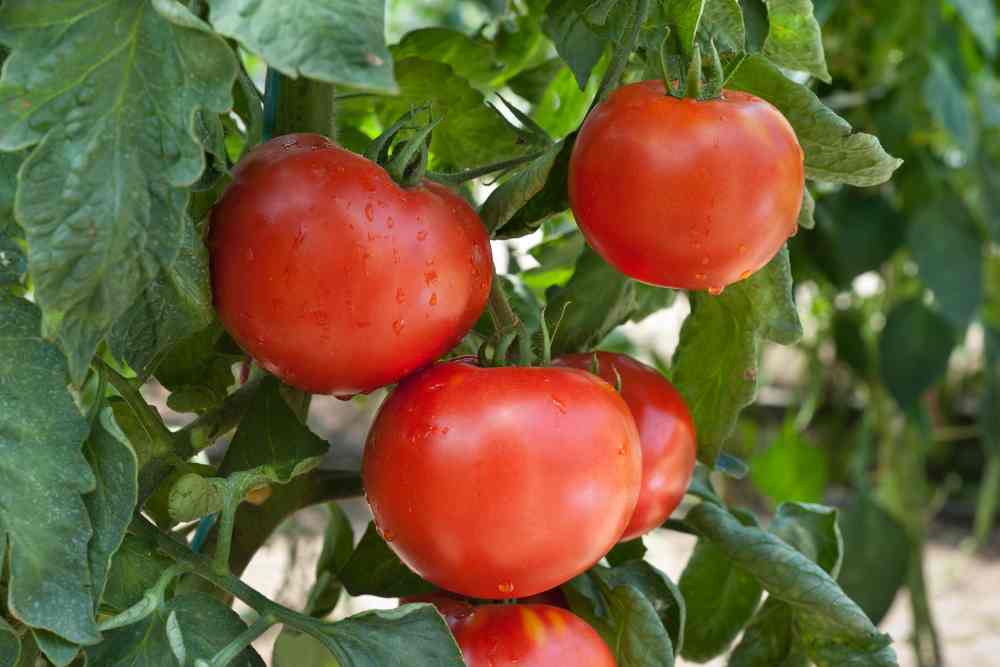
Tomatoes are a beloved hometown vegetable that is both easy to cultivate and nourish. They must be started inside to give the plants adequate time to develop fruit. When the air and soil temperatures are warm enough, which is normally in mid-to-late May, they can be planted outside. Because they do not like the cold. Make sure gradually acclimate seedlings to outside living before planting them in the ground.
Remove the seed leaves and the first set of true leaves from tomato seedlings before planting them, and place them as the bottom half of the seedling in the ground. Tomatoes are planted significantly deeper than most other plants. Dogs and cats should also be kept away from this plant. If pets eat the leaves, they will be poisoned. Fruit quality is improved by staking or caging tomato plants.
It’s simple and satisfying to grow tomatoes in containers too. The majority of tomatoes grow in large containers and will require staking or a tomato cage. This support prevents the heavy fruit from bending.
2. Cucumbers

The cucumber is an easy-growing vining plant. It can be planted directly in the garden, started indoors, or purchased as seedlings. Cucumbers come in a wide variety of shapes and sizes, and they all belong to the Cucurbitaceae family of gourds. Cucumber plants require little maintenance once planted in the garden.
However, they need a lot of sunlight, water, and support. Although cucumbers may grow in partial shade, they prefer to be in full sun. Cucumbers grow fast, 75 days are required for maturity to harvest. That isn’t a long time! You can plant in May for harvest in July and August.
3. Beans
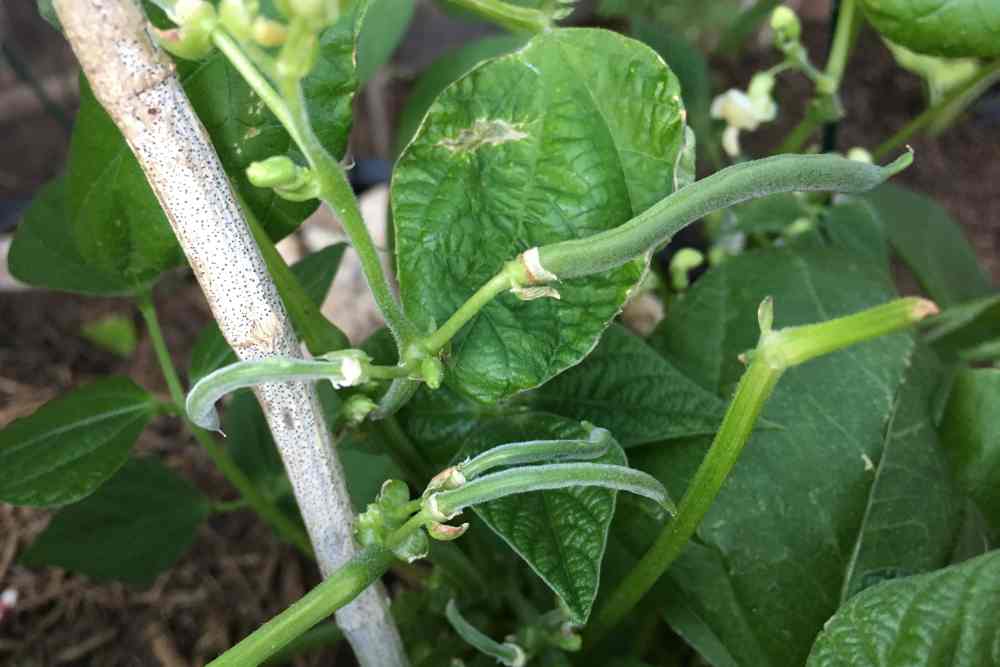
Green beans are another easy-growing summer crop to consider for your garden. Dried beans are a big product in Michigan, so it’s no wonder that they grow here. Bush beans, pole beans, wax beans, lima beans, dry beans, french, and Italian beans will all grow without difficulty. Beans can survive in even the poorest soils because they fix nitrogen as they grow.
You can select either poles or bush beans. Pole beans are ideal for people who want to save space. They’ll grow right up to a trellis or fence. Pole beans are also harvested over a longer period. Bush beans are compact and produce a large number of beans at once. Plant in May once the threat of frost has passed, or in July for a September harvest.
4. Carrots
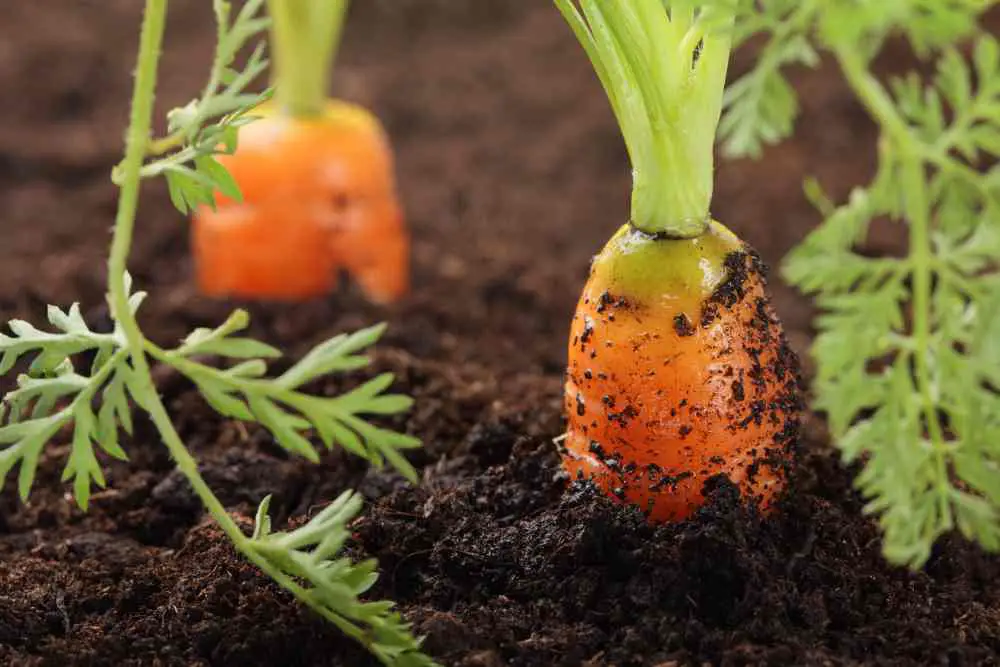
Carrots are grown and harvested by many Michigan farmers all around the state. Carrots grow well in well-drained soils, especially muck. Muck is a humus-rich soil that can be found in drained swampland or lakes.
The thumb region of Michigan has a lot of muck and mineral soils. Carrots prefer cool soil and do not survive in hot weather. The majority of them are planted in early spring, around mid-April, and harvested 120 days later. Because of their delicate leaves, carrots must be harvested carefully. Carrots are high in beta-carotene and great in salads or vegetable medleys.
5. Broccoli
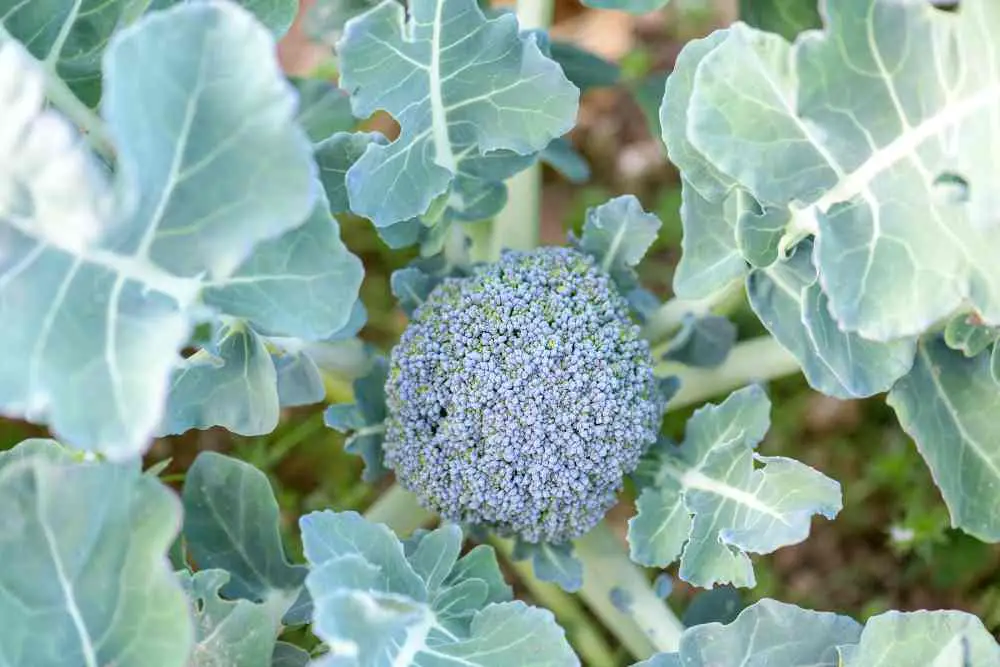
Broccoli, like cauliflower and cabbage, is an annual vegetable in the Brassica family. Even though it is exposed to full sunlight, it survives in Zone 5 because it prefers milder temperatures and moist soil.
Broccoli plants that have been established can withstand some frost. For a June harvest, plant in the early spring, around April. You can also plant in July for a harvest in September.
6. Onions
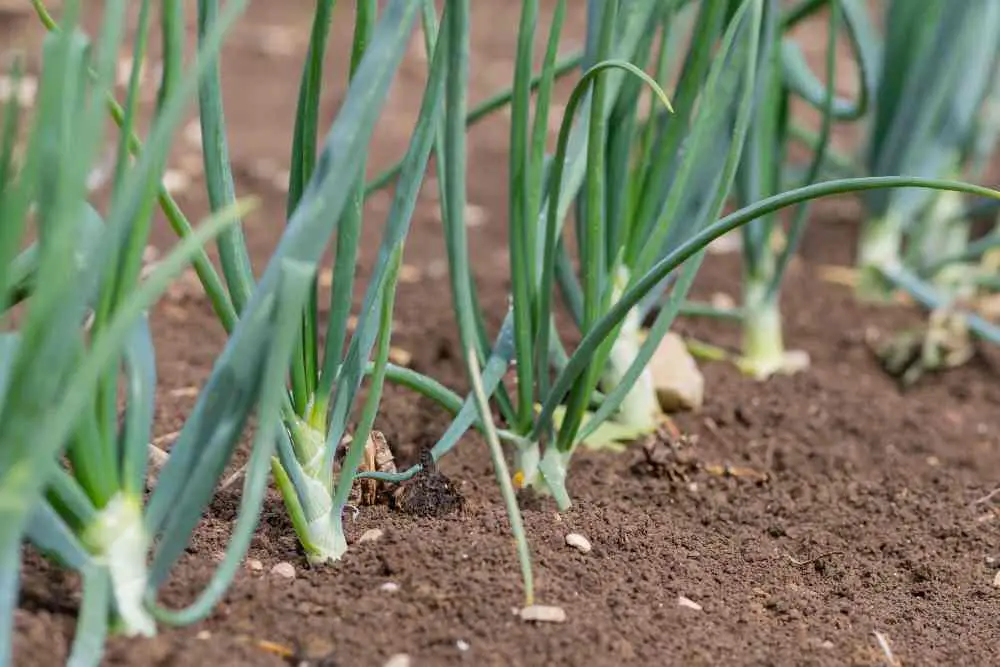
The pungent yellow globe onion is the most popular onion farmed in Michigan, and it thrives in the state’s cold summers. Yellow onions are a good choice for those who want to store onions for later use because they keep well.
7. Lettuce
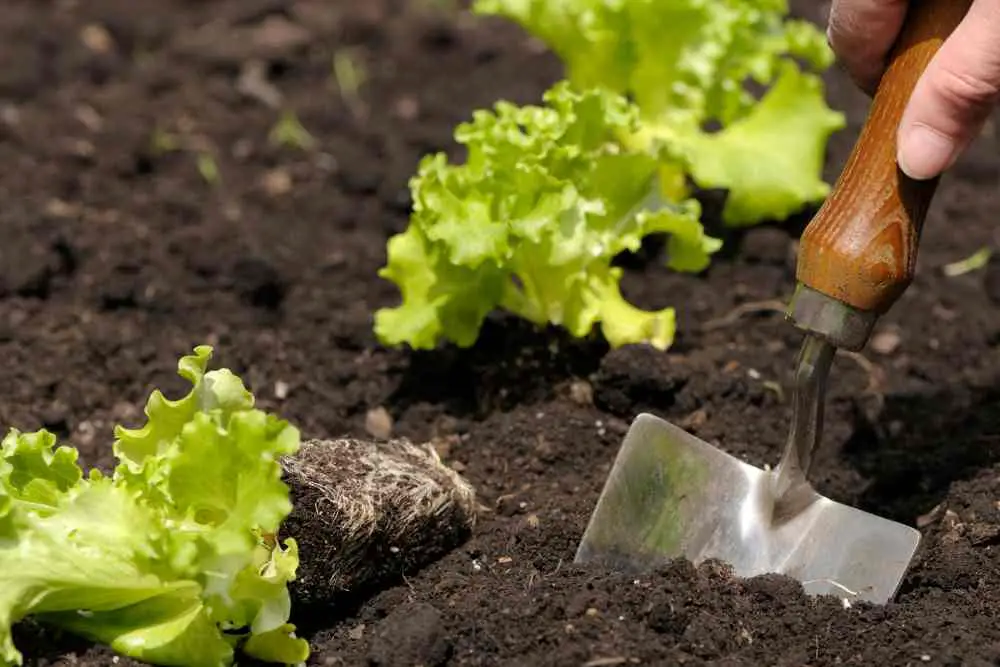
Because lettuce is a cool-weather crop, it grows in Michigan. Greens, such as spinach and lettuce, require nutrient-rich, well-draining soil. Because most types are cold-resistant, you can start planting them outside in April. Lettuce can be planted directly in the garden or started inside and transplanted. Remember to space your lettuce heads about six inches apart.
Planting a row every one to two weeks, or succession planting, allows you to harvest throughout the season. You’ll never get tired of producing new lettuce varieties because of the unlimited variety of leaf shapes and shades of green and red. Leaf lettuces can be cut as they grow, allowing you to have multiple harvests from the same plant.
8. Radishes
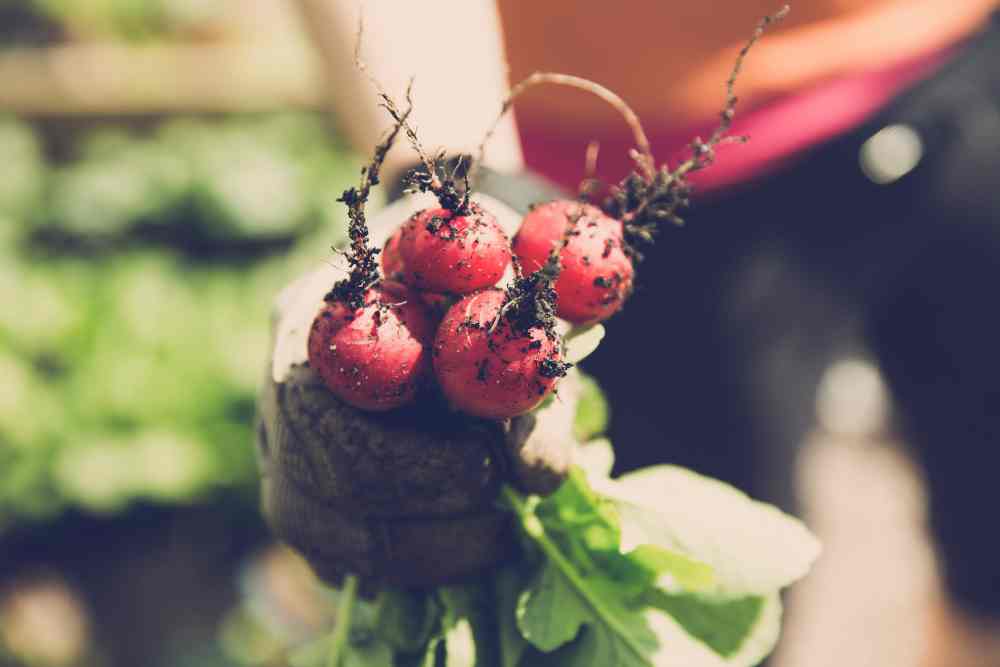
Radishes are another easy-growing vegetable in your garden. In three weeks, some types will be ready to harvest. You can use them to separate your carrot rows. Sow each seed at least 2 inches apart, or thin them out once they sprout. Half an inch of compost or soil should be used to cover the seeds.
Here’s a suggestion for you; carrots and radish seeds are a natural match. Before sowing, combine radish and carrot seeds, especially if your soil develops a strong crust. Radishes that sprout quickly will push up through the soil. This crop enjoys milder temps, so it’s best in the spring and fall. Plant in April for a harvest in June, or in August for a harvest in September.
9. Cabbage
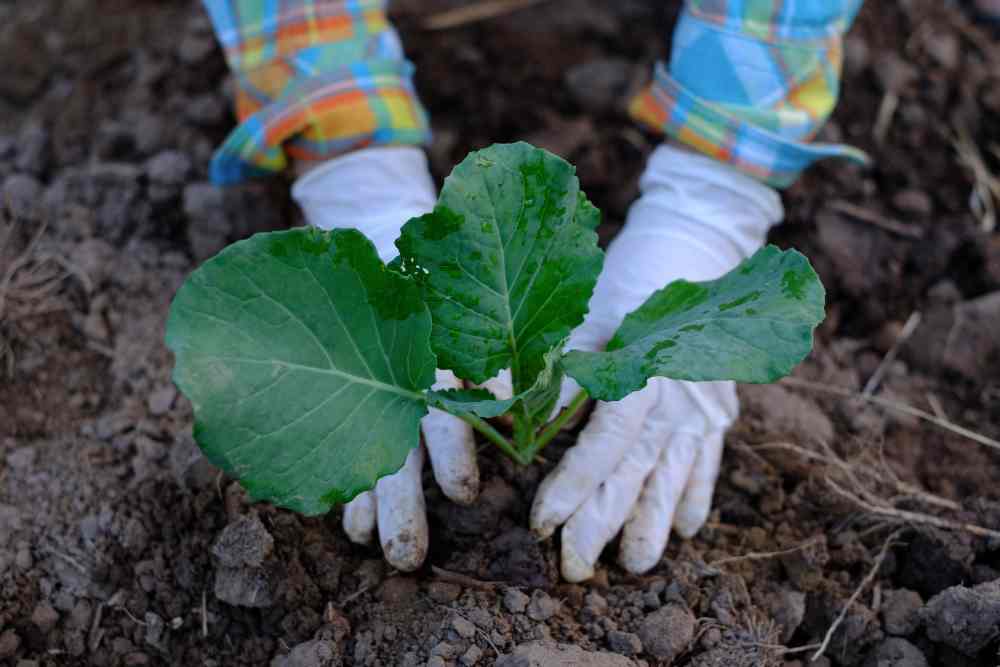
Cabbage is another cool-season crop that grows in Zone 5. Plant the seeds indoors in February, and they’ll be ready to transplant into the garden in April. Cabbage tolerates a little cold well but dislikes hot conditions.
Vegetable gardeners in Michigan have a lot of options. This year, try planting one or all of these crops in your garden beds. For Michigan gardeners, fall gardening is a terrific option, and it’s not too late to get started. Vegetables can be planted from April to August and still yield a harvest.
FAQ
When is the best time to start a vegetable garden in Michigan?
In Michigan, the best time to start most vegetable gardens is after the last frost in spring, usually late April or early May. However, for cool-season crops like peas, lettuce, and spinach, you can start as early as the soil can be worked in March or April.
What vegetables grow best in Michigan’s climate?
Vegetables that thrive in Michigan include tomatoes, cucumbers, beans, carrots, broccoli, onions, lettuce, radishes, and cabbage. Michigan’s summers are generally conducive to a wide range of vegetables.
How can I protect my garden from frost?
Use frost cloths or blankets to cover your plants when a frost is predicted. Also, watering your plants the evening before a frost can help protect them, as moist soil retains heat better than dry soil.
What is the best way to deal with pests organically?
Encourage beneficial insects that prey on pests, use neem oil or insecticidal soaps, and practice crop rotation. Physical barriers like row covers can also be effective.
How often should I water my vegetable garden?
The frequency of watering depends on the weather and the type of soil. A general rule is to provide an inch of water per week, either through rainfall or watering. It’s best to water deeply and less frequently to encourage deep root growth.
Can I grow vegetables in partial shade?
While most vegetables prefer full sun, some, like lettuce, spinach, and other greens, can tolerate partial shade. However, they may not grow as robustly or produce as much as they would in full sun.
When should I harvest my vegetables?
Harvest times vary depending on the vegetable. Generally, leafy greens can be picked when they are of usable size, root vegetables when they are the right size, and fruits like tomatoes and cucumbers when they are ripe.
How do I prepare my garden for winter?
Remove all spent plant material to reduce the risk of disease, till the soil lightly, and add compost or mulch to enrich the soil for the next season. Planting cover crops can also be beneficial for soil health.
Can I grow vegetables in containers?
Yes, many vegetables can be grown in containers, including tomatoes, peppers, greens, and herbs. Make sure the containers are large enough and have adequate drainage.
What should I do if my plants aren’t thriving?
First, ensure they are getting enough sunlight and water. Check for signs of pests or disease. It might also be helpful to test your soil to see if it lacks any essential nutrients.
- 15 Ingenious Kitchen Garden Ideas to Cultivate Freshness Right at Home - April 7, 2024
- 10 Top Picks Best Plants for Open Terrarium - April 2, 2024
- 21 Easy and Cheap Walkway Ideas for a Charming Garden - March 31, 2024

